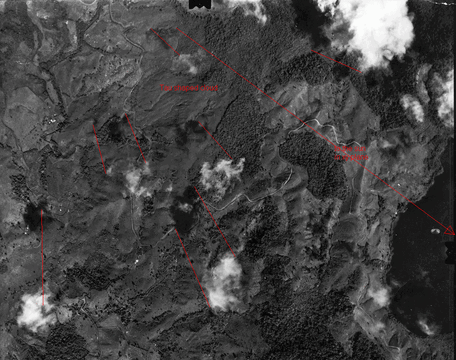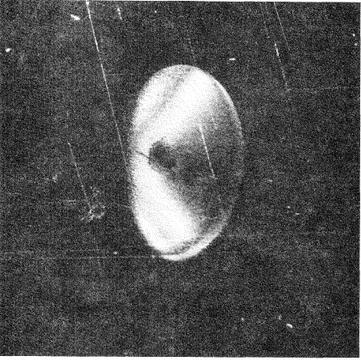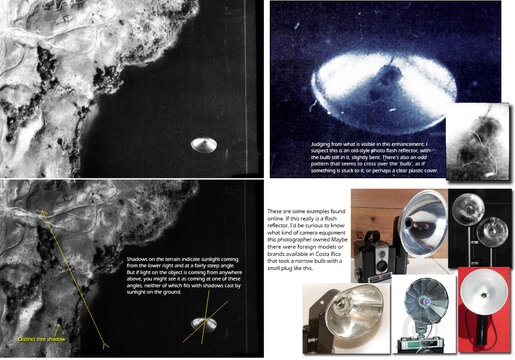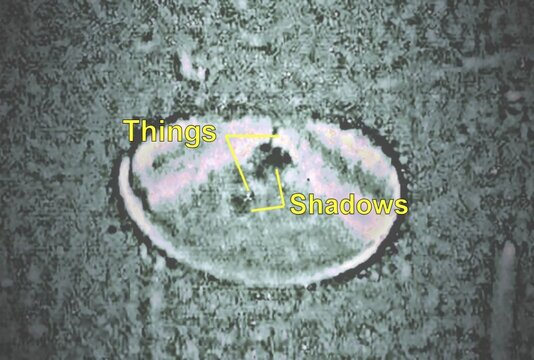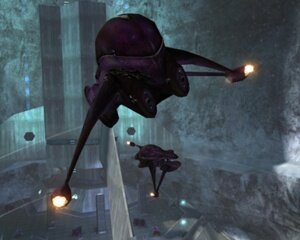Butting in here for just a moment, it may be that Stanford is being cautious and letting the science and its admittedly slow plodding ways take the lead here. Having had a few paranormal experiences myself, though not publishing it, I can understand why his background might make him, what to others may seem as over-cautious with this branch of his investigations.
I suspect he doesn't want the ball to be dropped here. I'm sure he wants the science to stand on its own against all comers, his own forays into paranormal experiments notwithstanding. His relationship with physicists like Leik Myrabo, and the advances brought by careful observation of anomalous craft as shown in X-Descending is the path he has chosen to bring his research into main stream science.
We don't have to like it.
We don't have to make any decisions regarding his data, whether to believe or not. We can, for the nonce, take the word of folks who have seen his work, without making up our minds one way or another. Indeed, belief doesn't even enter into it. In fact, beliefs have a way of obstructing the quest for knowledge. Certainly, we're all a bit frustrated by the slow pace of developments. Like the wheels of history, the wheels of science grind exceedingly slowly but also extremely finely.
I just hope he's made some arrangements should he depart this mortal coil before releasing his data.
To withoutlimits09, I'd repeat Shakespeare's line, "There are more things in heaven and earth, Horatio, Than are dreamt of in your philosophy." This is the line of which I often think when reflecting on my own strange experiences.
the Bulk
I suspect he doesn't want the ball to be dropped here. I'm sure he wants the science to stand on its own against all comers, his own forays into paranormal experiments notwithstanding. His relationship with physicists like Leik Myrabo, and the advances brought by careful observation of anomalous craft as shown in X-Descending is the path he has chosen to bring his research into main stream science.
We don't have to like it.
We don't have to make any decisions regarding his data, whether to believe or not. We can, for the nonce, take the word of folks who have seen his work, without making up our minds one way or another. Indeed, belief doesn't even enter into it. In fact, beliefs have a way of obstructing the quest for knowledge. Certainly, we're all a bit frustrated by the slow pace of developments. Like the wheels of history, the wheels of science grind exceedingly slowly but also extremely finely.
I just hope he's made some arrangements should he depart this mortal coil before releasing his data.
To withoutlimits09, I'd repeat Shakespeare's line, "There are more things in heaven and earth, Horatio, Than are dreamt of in your philosophy." This is the line of which I often think when reflecting on my own strange experiences.
the Bulk

